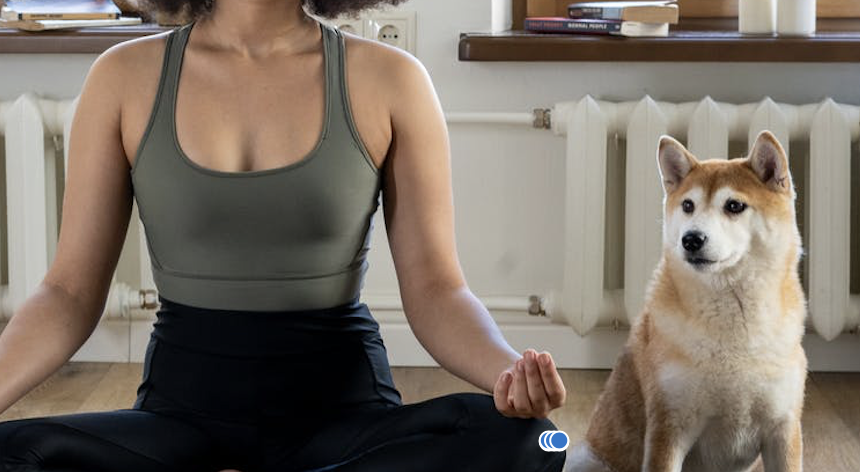
It can be frustrating to step on the scale and see no change, but while it’s natural to want objective feedback on your progress, body weight shouldn’t be your main focus.
Body composition testing uses in-depth measurement tools to calculate lean mass and body fat. It is a preferred method for accuracy and can be very helpful for gauging progress or prior to entering a wellness plan to establish a baseline. Receiving an accurate report on what your weight is comprised of is a much more helpful, as well as more positive way to look at our bodies compared to simply stepping on the scale.
For example, if you put on muscle and drop fat, the number on the scale might not move or even show an increase – even when there is no doubt that your body is showing results. Also, it’s important to remember that a number of factors can result in an increase in water retention and inflammation that will show up on the scale, despite not being body fat. Some examples include hormones, your menstrual cycle, bad sleep, too much sodium, etc.
There are now many different methods and machines used for body composition testing out there, and they all come with their own pros and cons. Here are some of the most common methods:
Skinfold Test
Skinfold calipers measure the thickness of your subcutaneous fat, which is the fat underneath the skin. These measurements are taken at 7 different sites on the body, which vary between men and women. Calipers also vary in material and quality. At Fettle + Food, we only use medical-grade calipers for a more accurate measurement. The skinfold method requires practice and basic anatomy knowledge, which is why we always recommend that a professional carry out the test for you to avoid inaccurate numbers, as measurement errors can range from 3.5–5% body fat.
Body Circumference Measurements
Body shape varies from person to person, and the shape of your body provides information about your body fat. Measuring the circumference of certain body parts is a simple method of body fat estimation. For men, the circumferences of the neck and waist are used in this equation. For women, the circumference of the hips is also included. There is no doubt that this method is quick and easy, and it is recommended over the scale when measuring progress at home. However, professionals should combine this with other methods, as accuracy can still vary more widely and it is not considered an ideal measurement method on its own.
Hydrostatic Weighing
This method, also known as underwater weighing or hydrodensitometry, estimates your body composition based on its density. This technique weighs you while submerged underwater after exhaling as much air as possible from your lungs. You are also weighed while you are on dry land, and the amount of air left in your lungs after you exhale is estimated or measured. All of this information is entered into equations to determine the density of your body. Your body’s density is then used to predict your body fat percentage. Overall, it is an accurate way to assess your body fat. However, it’s only available at certain facilities due to the nature of having to be submerged in water.
Bioelectrical Impedance Analysis/Bioimpedance Spectroscopy
BIA devices work by sending small electrical currents through your body to see how easily they travel through your tissues. Many different devices are available, although advanced, expensive devices produce more accurate results. BIS is similar to BIA in that both methods measure the body’s response to small electrical currents. BIS uses a much larger number of electrical currents than BIA, in addition to high and low frequencies, to mathematically predict your amount of body fluid. BIS also analyzes the information differently, and some researchers believe that BIS is more accurate than BIA. Unlike BIA, consumer-grade BIS devices are not currently available.
Dual-Energy X-ray Absorptiometry (DXA)
As the name implies, DXA uses X-rays of two different energies to estimate your body fat percentage. During a DXA scan, you lie on your back for approximately 10 minutes while an X-ray scans over you. DXA is also used to assess bone density and provides detailed information about the bone, lean mass and fat in separate body regions (arms, legs and torso). This method provides accurate and detailed information, including a breakdown of different body regions and bone density readings. DXAs are often unavailable to the general public, expensive when available. However… we have high hopes here at Fettle + Food, and let’s just say that getting our hands on the first DXA scan on Vancouver Island (for non-medical/research use) is something we very much hope to aim for!
Source: https://www.healthline.com/nutrition/ways-to-measure-body-fat#TOC_TITLE_HDR_4
Leave a Comment
You must be logged in to post a comment.



0 Comments